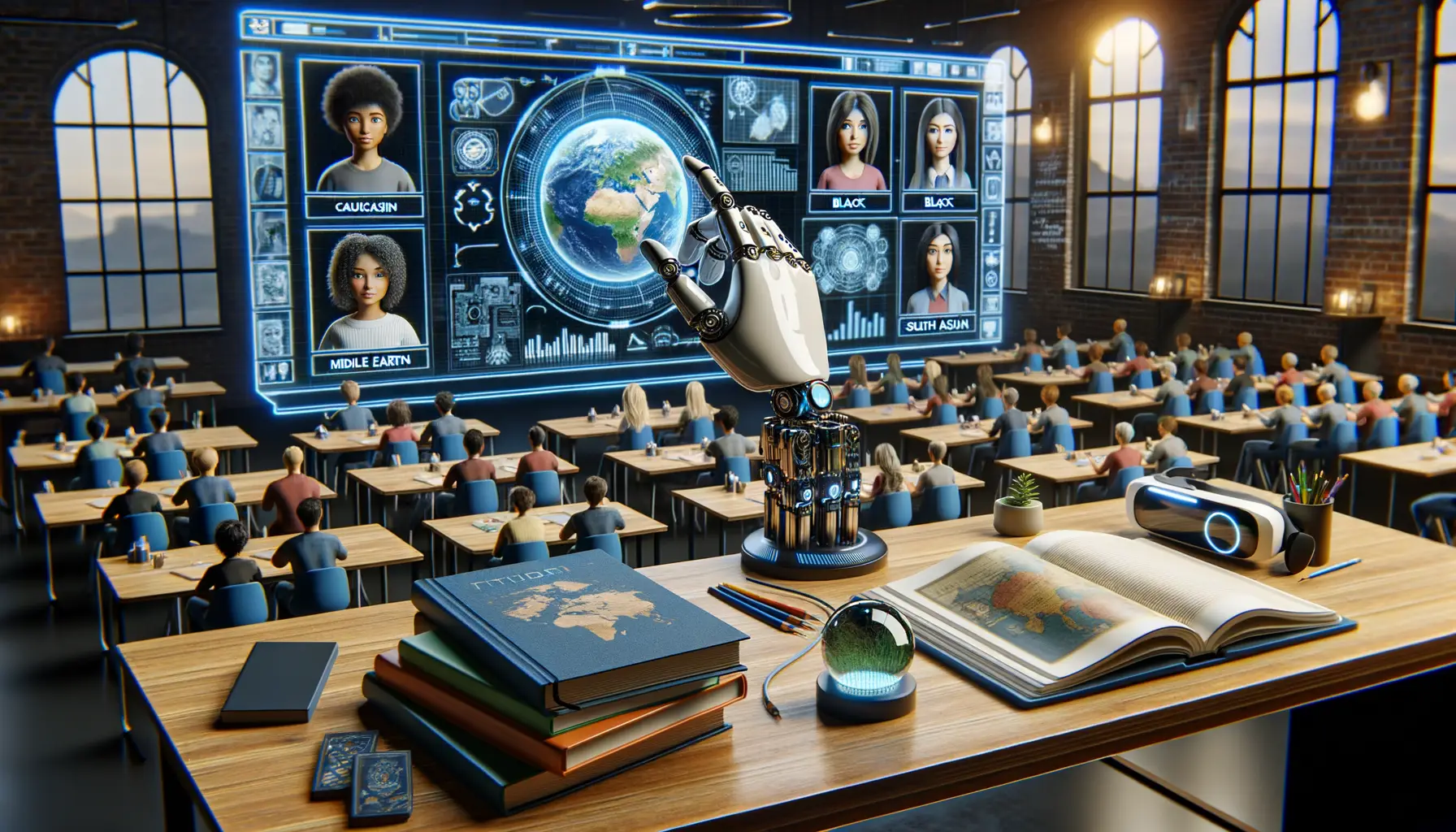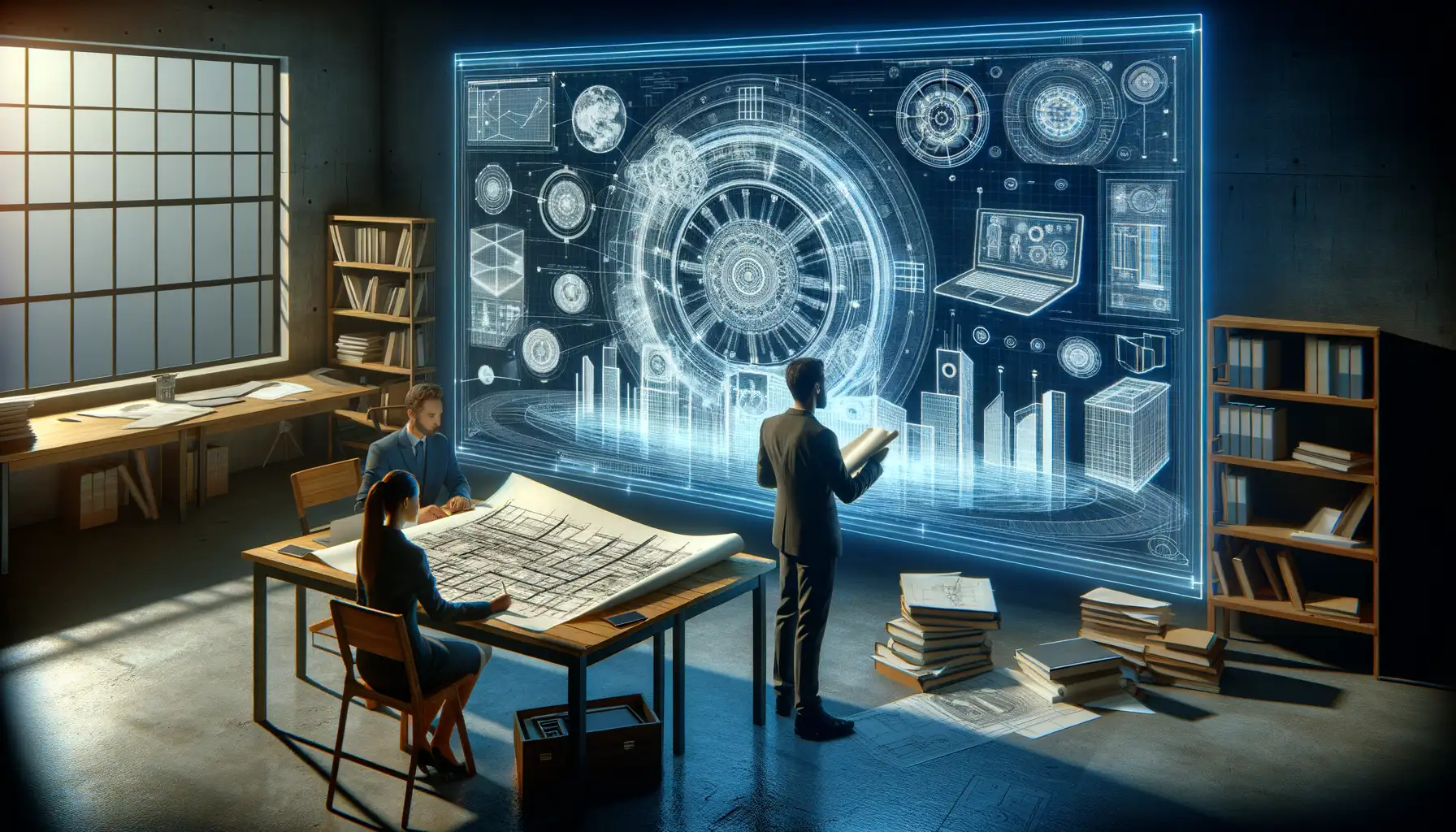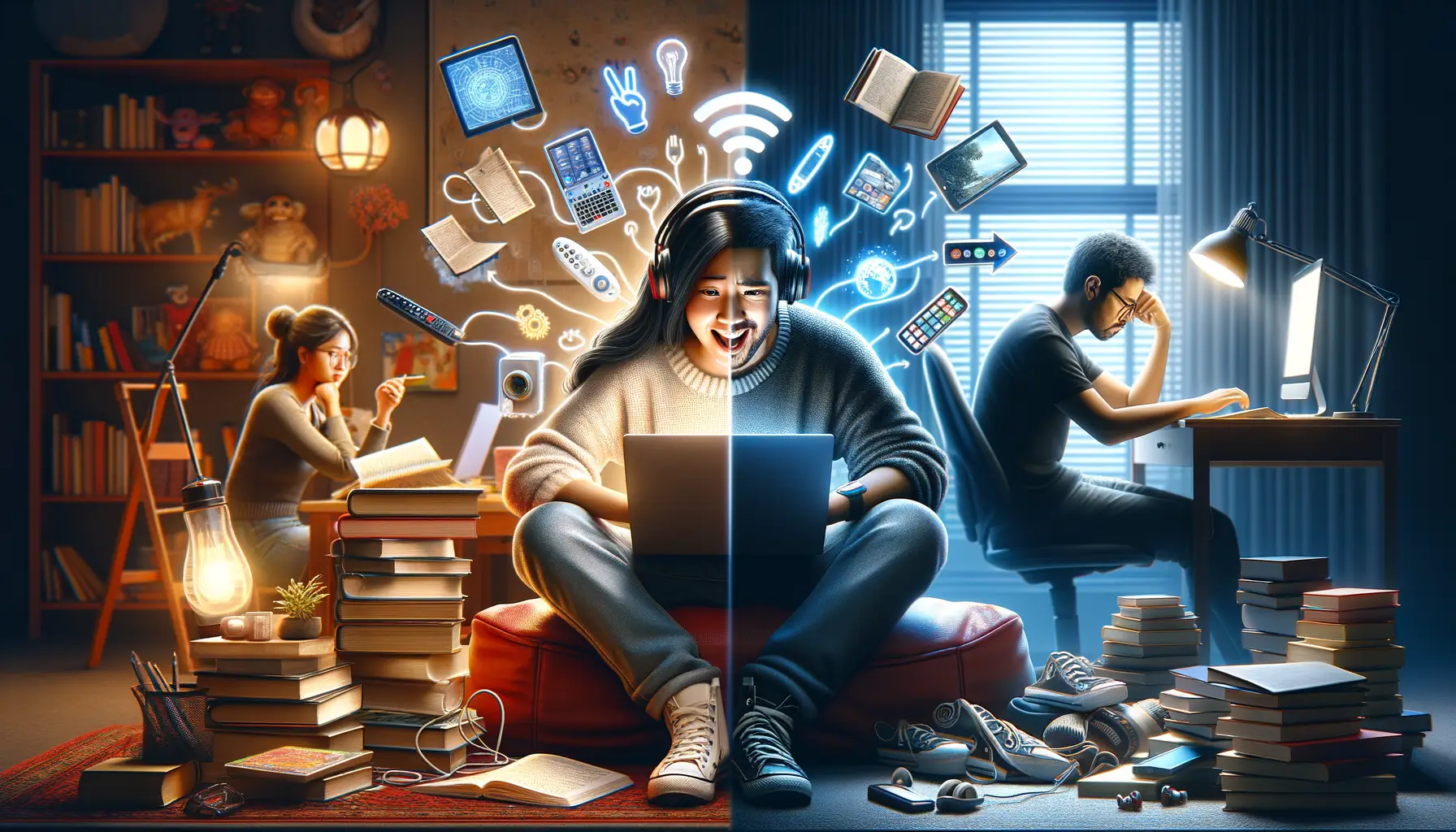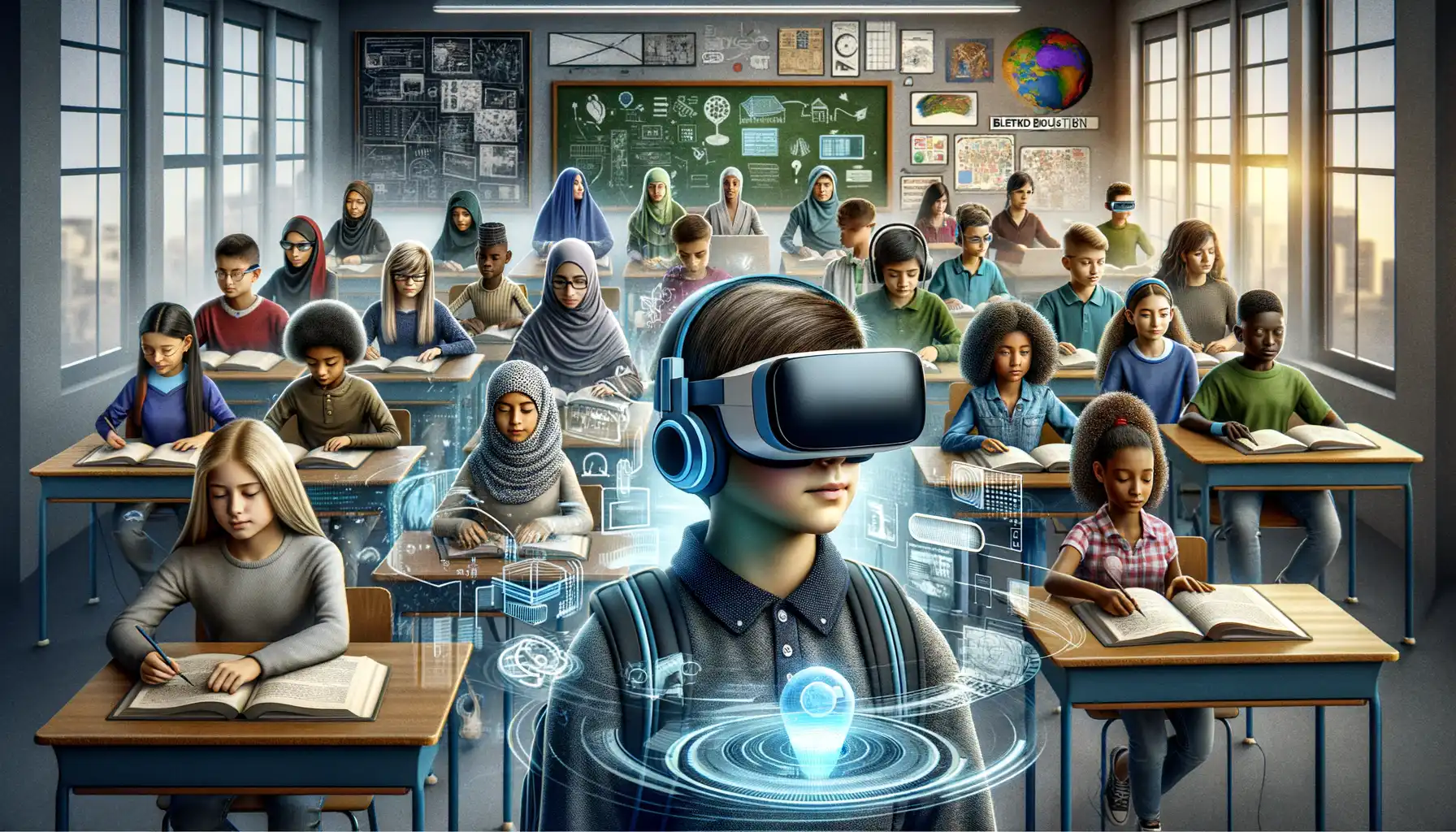Understanding the Importance of Hybrid Learning
Why Hybrid Learning is the Game-Changer Education Needs
Imagine a classroom where traditional lectures meet cutting-edge technology—a space where chalkboards harmonize with tablets, and students learn at their own rhythm. That’s the magic of hybrid learning. It’s not just about combining old-school methods and new tech; it’s about creating an environment where every learner thrives.
Think about it: some students absorb knowledge best in person, while others flourish in flexible, online formats. Hybrid learning bridges this gap, offering the best of both worlds. Whether it’s logging into a virtual science lab from home or diving into group discussions in class, the possibilities are endless.
Here’s what makes hybrid learning indispensable in today’s world:
- Flexibility: Students can switch between in-person and digital lessons without missing a beat.
- Personalized Learning: Tailor-made options let learners proceed at their unique pace.
- Global Access: Imagine connecting with expert educators halfway across the world in real-time.
Still skeptical? Consider this: hybrid learning isn’t just a method—it’s a revolution, challenging the monotony of “one-size-fits-all” education.
Key Technologies Transforming Remote Education

Bringing the Classroom Everywhere
Remote education is no longer just a stopgap measure — it’s a movement reshaping how we learn. Thanks to groundbreaking technologies, learning can now follow you like your favorite podcast. Imagine stepping into a virtual laboratory from your living room or collaborating on a group project with classmates across the globe in real-time. That’s not sci-fi; that’s today.
One game-changer? Virtual Reality (VR) and Augmented Reality (AR). These tools give students immersive experiences, from dissecting a digital frog to exploring ancient ruins without leaving home. It’s hands-on learning, minus the scalpel or plane ticket. Then there’s AI-powered platforms, the ever-patient tutor that personalizes lessons, adapts to different speeds, and even gives wise advice on areas for improvement.
- Cloud-based collaboration tools (think Google Workspace or Microsoft Teams) make group projects seamless, no matter where everyone is.
- Gamification turns traditional lessons into challenges and adventures, dramatically boosting motivation.
And let’s not overlook the quiet hero, Learning Management Systems (LMS), which keep everything organized. Whether it’s tracking progress or accessing study materials, these platforms are the backbone of blended learning, making sure no one gets lost in the shuffle. Welcome to the next chapter of education!
Strategies for Integrating Traditional and Technology-Based Methods

Bridging the Gap Between Tradition and Innovation
Picture this: a classroom where history books sit comfortably alongside interactive tablets, and handwritten notes are as valuable as digital flashcards. Sounds like a dream team, right? Blending traditional teaching with tech-savvy methods doesn’t mean choosing one over the other—it’s about weaving them into a seamless experience.
Start small. For instance, why not pair classic group discussions with virtual breakout rooms? Imagine students debating Shakespeare’s themes in-person one day and collaborating on a shared Google Doc the next. It’s not about replacing time-tested tools; it’s about amplifying their impact.
A few integration tips to spark ideas:
- Combine paper assignments with QR codes that link to supporting videos or resources.
- Reinvent show-and-tell by encouraging kids to bring objects AND share digital slides.
- Use traditional whiteboards for brainstorming but snap photos to upload into shared online folders.
Creating Dynamic Learning Adventures
Here’s the secret sauce: balance. Students still crave the tactile satisfaction of flipping through a book or physically writing notes. But they also light up at the sight of animations explaining geometry or quizzes with instant feedback.
Think of your approach as designing a “choose your own adventure” story. Blend traditional role-playing games with VR history tours where students explore ancient civilizations firsthand. Or teach fractions using hands-on baking one day and gamified apps the next. These integrations ignite curiosity while meeting individual learning styles.
A hybrid model is all about getting creative with the tools we already love—and surprising students with new favorites.
Benefits and Challenges of Innovative Remote Learning

Why Innovative Remote Learning Feels Like a Double-Edged Sword
Imagine sitting at your kitchen table, coffee in hand, while your child is deep in discussion with a teacher halfway across the country. Sounds amazing, right? Innovative remote learning has opened doors we never thought possible. From accessing expert teachers to personalized learning paths, it feels like education has finally caught up with the 21st century.
But—and here’s the tricky part—it’s not all rainbows and Wi-Fi. For every kid thriving on interactive apps, there’s another struggling to stay focused in their bedroom-turned-classroom. And let’s not forget how tough it can be for parents juggling work calls alongside helping with assignments.
- Flexibility: Learn from anywhere, anytime. A game-changer for busy families.
- Tech overload: Endless screen time isn’t always a friend to young minds—or our sanity.
- Global classrooms: Kids connect with peers worldwide, gaining perspectives they’d never get locally.
Navigating the Challenges Without Losing the Magic
Think of innovative remote learning as a two-lane highway: opportunity zooms past in one direction, but challenges speed by in the other. For many, the biggest hurdle is staying engaged without face-to-face connection. Schools and tech developers are experimenting—gamified lessons, virtual reality field trips—but is it enough?
Here’s a takeaway: striking a balance between technological marvels and real-world interaction is key. After all, learning isn’t just about knowledge; it’s about experiences, human connections, and growing into well-rounded individuals.
Future Trends in Blended Education

The Rise of Immersive Learning Experiences
The future of blended education is looking more exciting than ever! Picture this: students slipping on a pair of sleek VR goggles and walking through ancient Rome, or dissecting a virtual frog without any of the… well, mess. With the rapid advancement of immersive technologies like Virtual Reality (VR) and Augmented Reality (AR), education is evolving from static textbooks to interactive adventures.
These tools bring subjects to life in ways that feel almost magical:
- History classes turn into time machines, letting learners stand alongside historical figures.
- Biology labs become limitless spaces where students experiment without constraints.
- Even abstract concepts in math or physics can be explored with vivid, hands-on demonstrations.
Blended education isn’t just about the tech—it’s also redefining how we connect. Imagine AI-driven platforms offering real-time, personalized feedback to each student, or gamified learning modules making lessons feel more like leveling up in your favorite video game. This fusion of creativity and technology? It’s not just engaging; it’s revolutionary.
Personalized Paths to Success
One-size-fits-all learning? That’s fading fast. The future is tailor-made for you. Thanks to Artificial Intelligence (AI) and data analytics, blended learning models are becoming hyper-individualized. Teachers, aided by smart algorithms, can now design educational experiences as unique as a fingerprint. For example, a science enthusiast might get advanced problem-solving challenges, while someone struggling in chemistry receives simpler, chunked-down steps.
But here’s the kicker: personalization doesn’t stop at content. Schedules, pacing, even preferred teaching styles can adapt in real-time. It’s all about empowering everyone—from a shy introvert learning at their own speed to a bold go-getter ready to tackle advanced material. The days of boring cookie-cutter classrooms? They’re becoming a relic of the past, and good riddance!




